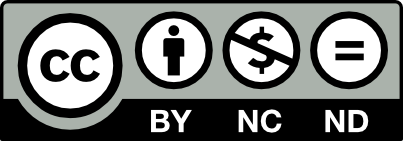Effect of Carbon Ion Implantation and Xenon Ion Irradiation on the Tribological Properties of Titanium and Ti6Al4V Alloy
Artykuł w czasopiśmie
MNiSW
70
Lista 2021
| Status: | |
| Autorzy: | Budzyński Piotr, Kamiński Mariusz, Surowiec Zbigniew, Turek Marcin, Wiertel Marek |
| Dyscypliny: | |
| Aby zobaczyć szczegóły należy się zalogować. | |
| Rok wydania: | 2022 |
| Wersja dokumentu: | Drukowana | Elektroniczna |
| Język: | angielski |
| Numer czasopisma: | 6 |
| Wolumen/Tom: | 142 |
| Strony: | 713 - 721 |
| Impact Factor: | 0,7 |
| Web of Science® Times Cited: | 2 |
| Scopus® Cytowania: | 3 |
| Bazy: | Web of Science | Scopus |
| Efekt badań statutowych | NIE |
| Materiał konferencyjny: | NIE |
| Publikacja OA: | TAK |
| Licencja: | |
| Sposób udostępnienia: | Otwarte czasopismo |
| Wersja tekstu: | Ostateczna wersja opublikowana |
| Czas opublikowania: | W momencie opublikowania |
| Data opublikowania w OA: | 1 grudnia 2022 |
| Abstrakty: | angielski |
| Carbon implantation increases the coefficient of friction and wear for titanium, as well as eliminates oscillating changes in the coefficient of friction for titanium at a depth 25 times greater than the range of the implanted ions. Carbon implantation changes the characteristics of wear, namely the steel counter sample sticks to the surface layer of the titanium sample, and fragments of the sample are torn out during friction. Although the adhesive wear mechanism is dominant, abrasive and oxidative wear can also be observed. The application of additional xenon ion irradiation does not cause any significant changes in the wear characteristics. Implantation of the Ti6Al4V alloy with carbon ions reduces its coefficient of friction. This effect is opposite to that observed for technically pure titanium. Optimum tribological properties are obtained for the Ti6Al4V alloy, implanted with carbon ions with a fluence of 1 × 1017 C+/cm2. The different effects of carbon ion implantation and xenon ion irradiation on titanium and Ti6Al4V alloy result from differences between the energy distribution in the samples and the lack of chemical interactions of xenon atoms. The high energy deposited on the sample surface during the inelastic collision (Se) with the target electrons induces significant changes in the surface topography of both metals. This also explains why the diamond-like carbon layer, which is formed as a result of carbon ion implantation, is removed after being irradiated with xenon ions. |

